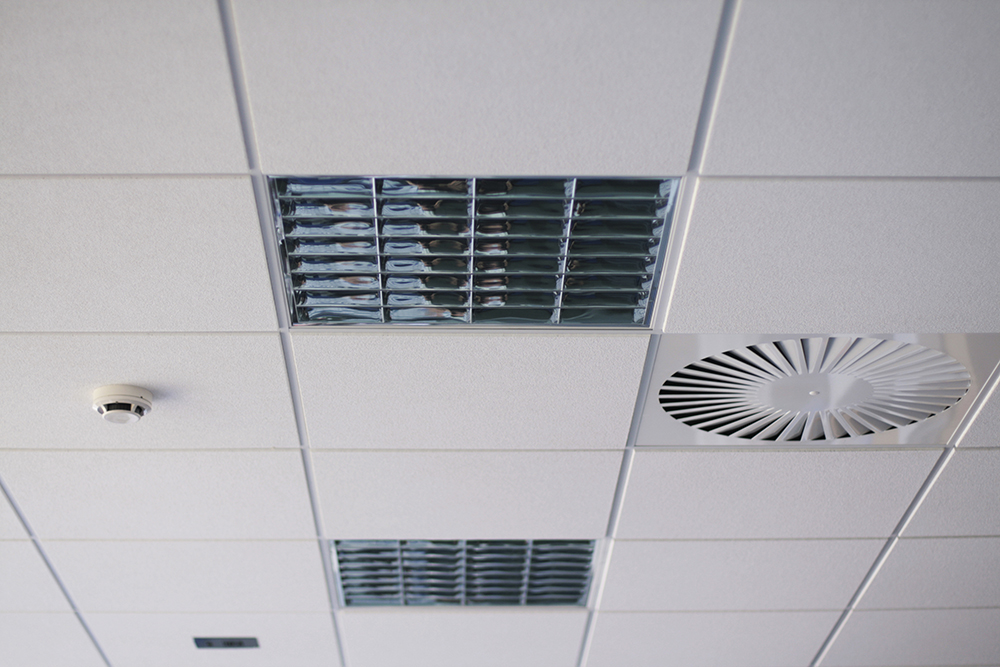When your building switches its HVAC system from heating to cooling this spring, it’s also a perfect time to schedule air vent cleaning to ensure healthy indoor air quality (IAQ) for this season and the summer, fall and winter months ahead.
As we increasingly spend more time working and living in buildings with mechanical heating, ventilation and cooling (HVAC) systems, a growing body of scientific evidence reveals that our indoor air quality can often be more polluted than outdoor air. Other studies show that people are spending almost 90% of their time indoors, making the health risks associated with exposure to poor IAQ a matter of high concern.
There are many possible sources of indoor air pollution, including airborne particulates such as dirt, dust, bacteria and allergens, as well as volatile organic compounds (VOCs), a large group of chemicals commonly found in both indoor and outdoor air. The health hazard of any single pollutant depends on the amount emitted and how dangerous it is. Some sources, such as building materials, furnishings and air fresheners, can release pollutants continuously, while others, such as the use of solvents, release intermittently.
Clogged air ducts can decrease airflow and negatively affect indoor air quality. And, according to the US Department of Energy, it can also cause 25-50% of the energy used for heating or cooling to be wasted. Improperly placed outdoor air intakes, blocked ventilation systems and faulty maintenance issues can also contribute to indoor air pollution by decreasing air flow.
Most HVAC systems use fans and ductwork to continuously remove indoor air and distribute filtered and conditioned outdoor air into the building. The rate at which outdoor air replaces indoor air is described as the air exchange rate. When ventilation systems are congested or in disrepair, the air exchange rate is low, and as a result, pollutant levels can increase.
Solutions to indoor air quality problems can involve eliminating or controlling the sources of pollution, increasing ventilation, installing air cleaning devices and ensuring that HVAC systems are regularly cleaned and maintained. Regularly scheduled air duct cleaning is essential to reduce indoor allergens, improve energy efficiency, and decrease health risks.
Having clean air ducts will not only help ensure that the air in your building is as clean and healthy as possible, it will also reduce the amount of dirt and dust that settles on furniture and other surfaces.
Air duct cleaning is not a one-size-fits-all solution, however. Depending on the size of your facility and the condition of your air ducts and the level of contamination, you may need to use additional methods, such as HEPA filters and regular vacuuming, to maintain optimal air quality.
To ensure that your HVAC system is functioning efficiently and providing clean and healthy indoor air quality, contact a professional commercial air duct cleaning service to inspect your system and remove buildup of contaminants and pollutants from the air ducts. This will also save your business money on heating and cooling costs in the long run.
At ServiceMaster Clean, can help advise on the following:
- Improve your indoor air quality to create a healthier environment
- Reduce the potential for mould growth
- Extend the life of your HVAC equipment
- Remove unpleasant odours
- Save your business money on energy costs
Contact ServiceMaster Clean to find out more about improving indoor air quality at your commercial facility.
Source: https://www.epa.gov/indoor-air-quality-iaq/inside-story-guide-indoor-air-quality
